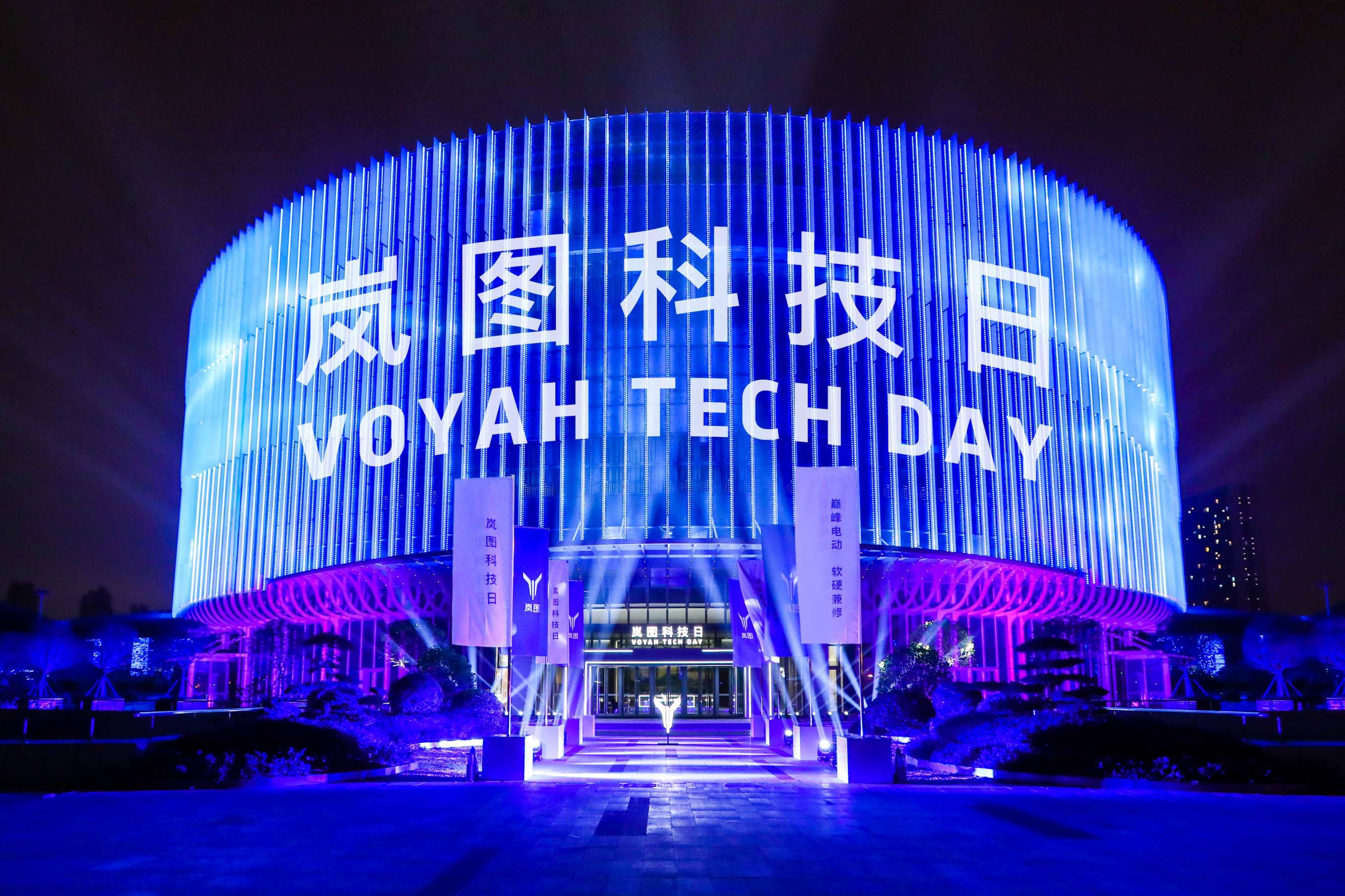On November 14th, at the Technology Day event held by Voyah Motors, the ESSA + SOA architecture was officially released, marking another upgrade to the ESSA architecture by Voyah Motors.
The ESSA + SOA architecture of Voyah Motors consists of the ESSA native intelligent electric architecture and the central centralized SOA electronic and electrical architecture. Voyah Motors described it as follows: the ESSA electric architecture is like a strong electrified body, providing hardware support for vehicles; Voyah Motors’ central centralized SOA electronic and electrical architecture is like the human nervous system, responsible for the intelligent system of vehicles.

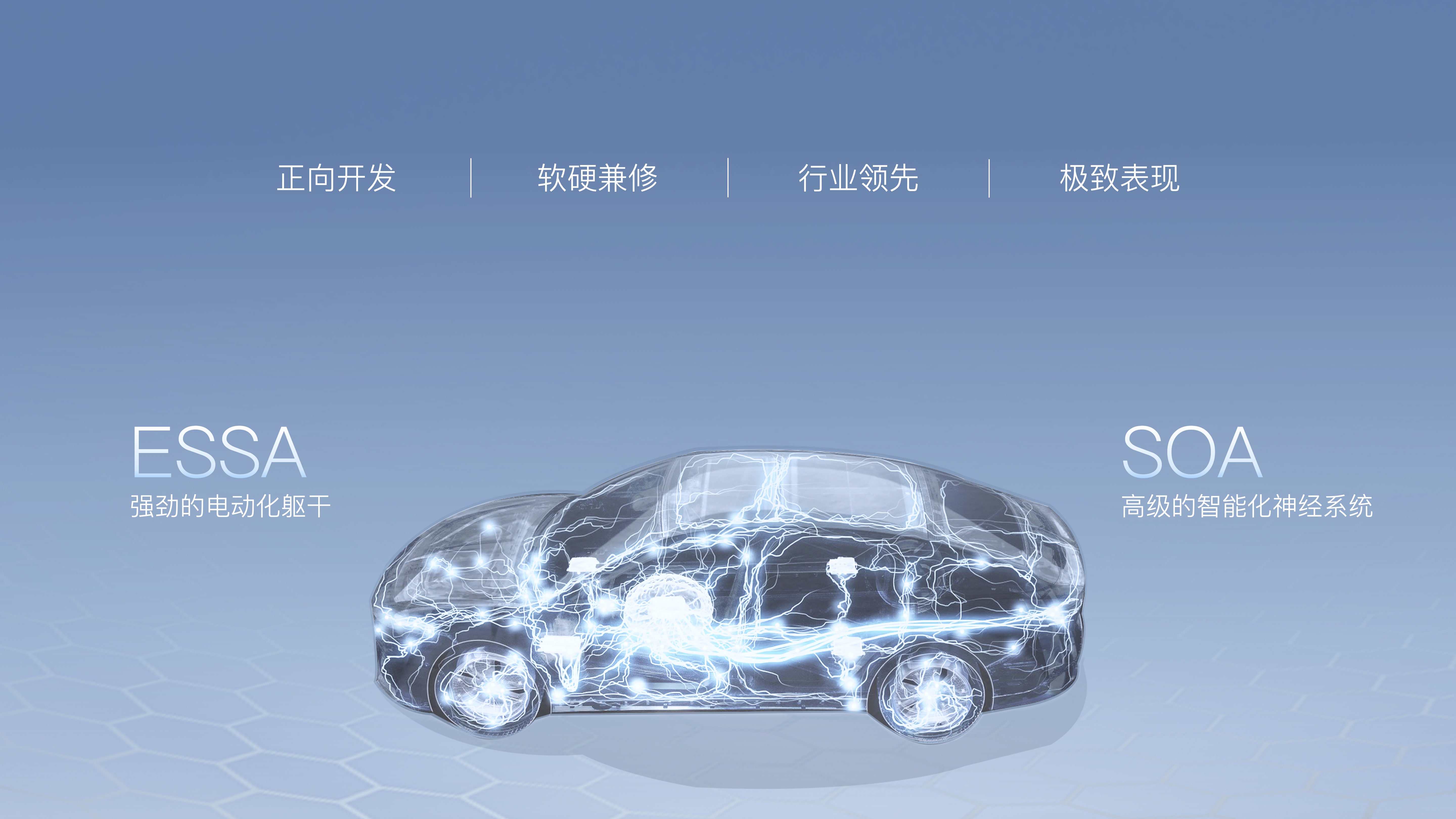
After the Technology Day press conference, we also had an exclusive interview with Voyah Motors’ CTO Wang Junjun and Liu Zhanshu, Vice President of Marketing for Voyah Motors. The interview covered topics such as the future of software-defined cars, and the core advantages of the central centralized SOA electronic and electrical architecture.
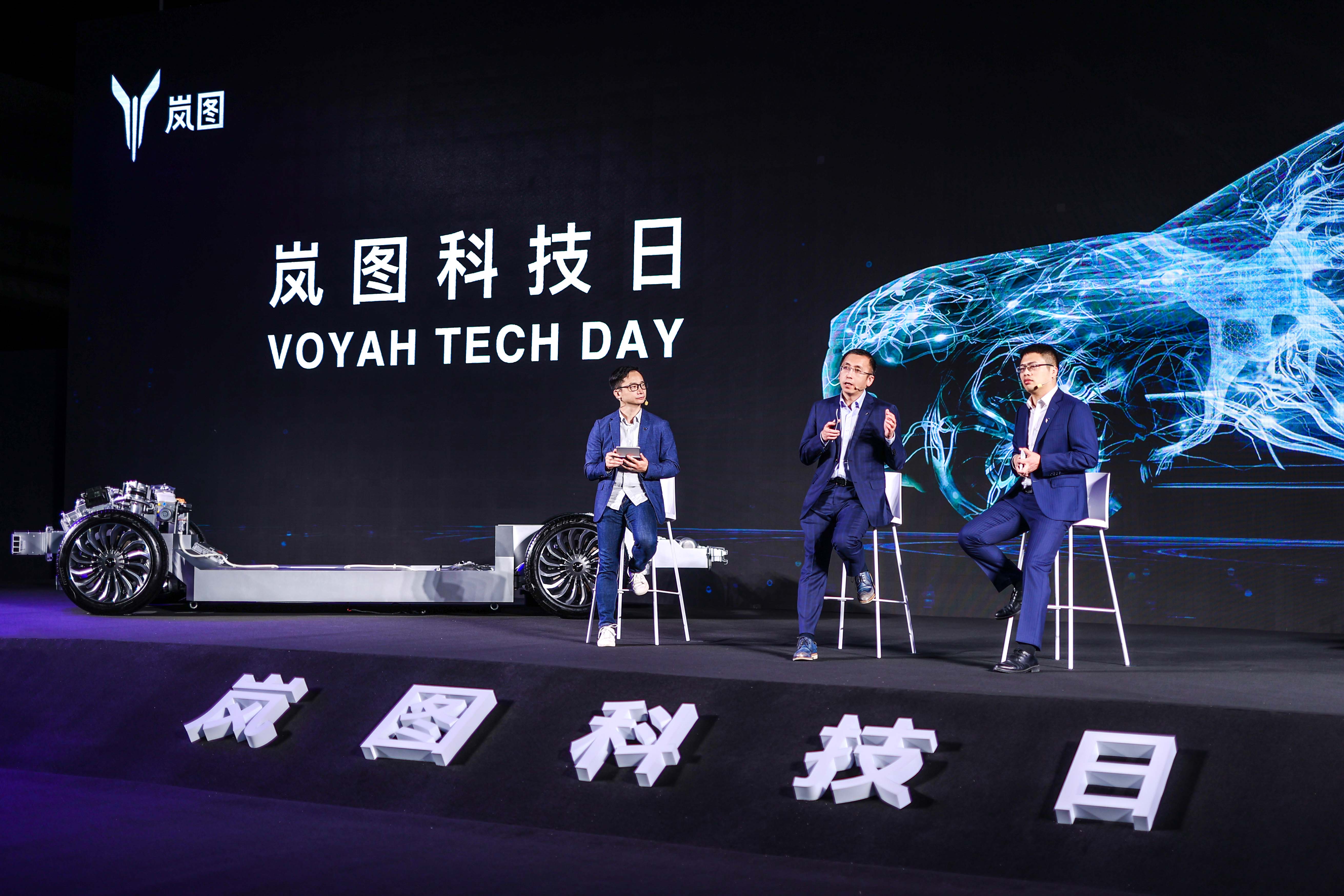
Q1: What are the practical scenarios in which software-defined cars can be implemented, and what kind of scenarios can users experience?Wang Junjun:
When it comes to software-defined cars, the real meaning is to implement vehicle functions through software. Currently, Voyah’s models have about 1,500 functions. If it were a traditional car, these functions would basically have to rely on hardware to be implemented. Voyah’s SOA electronic and electrical architecture, however, achieves this through software.
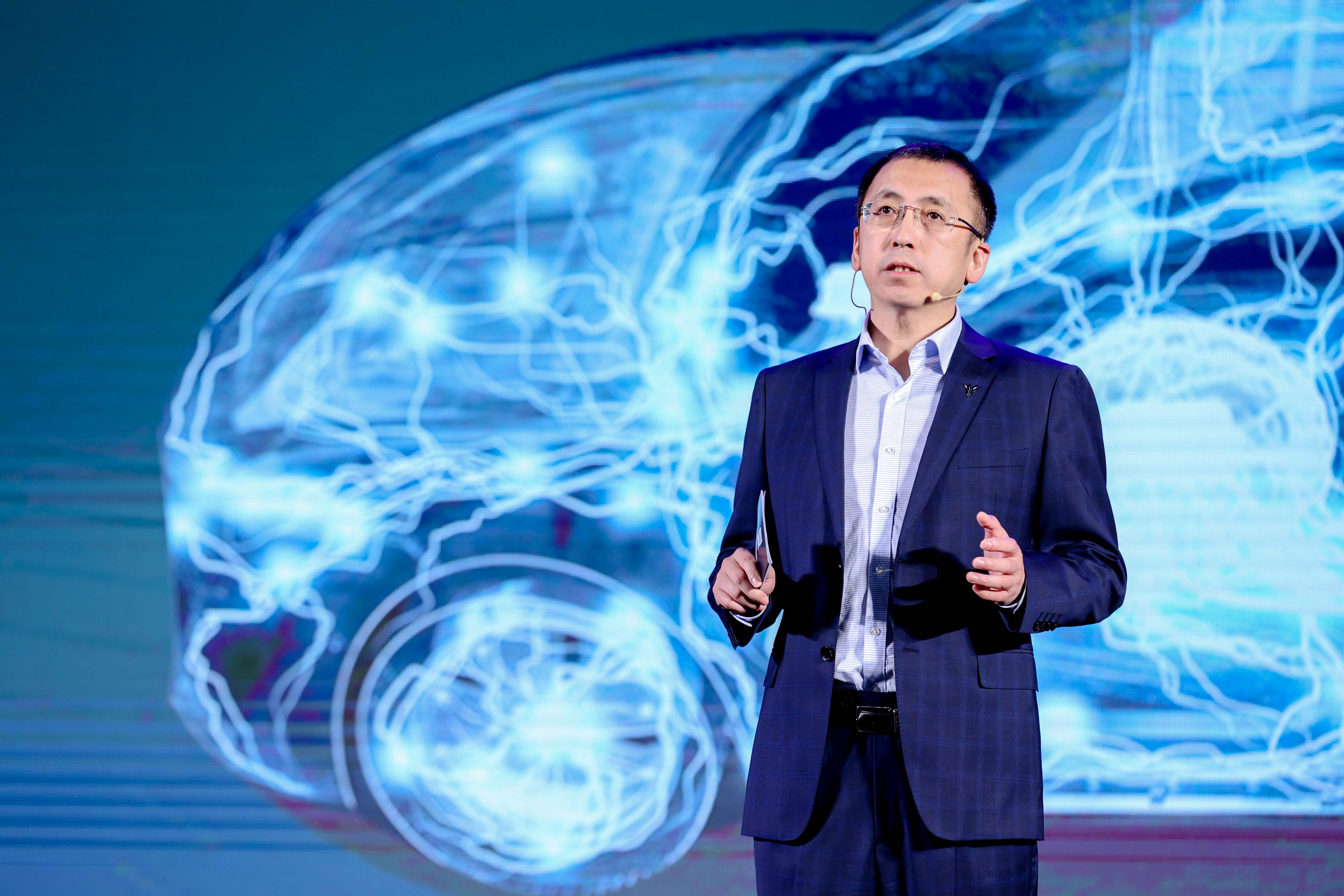
Faced with the increasing demand for vehicle functions, the big problem for traditional models is that we used to use various controllers to control the vehicle. We have nearly 100 controllers on one vehicle, involving almost 50 suppliers.
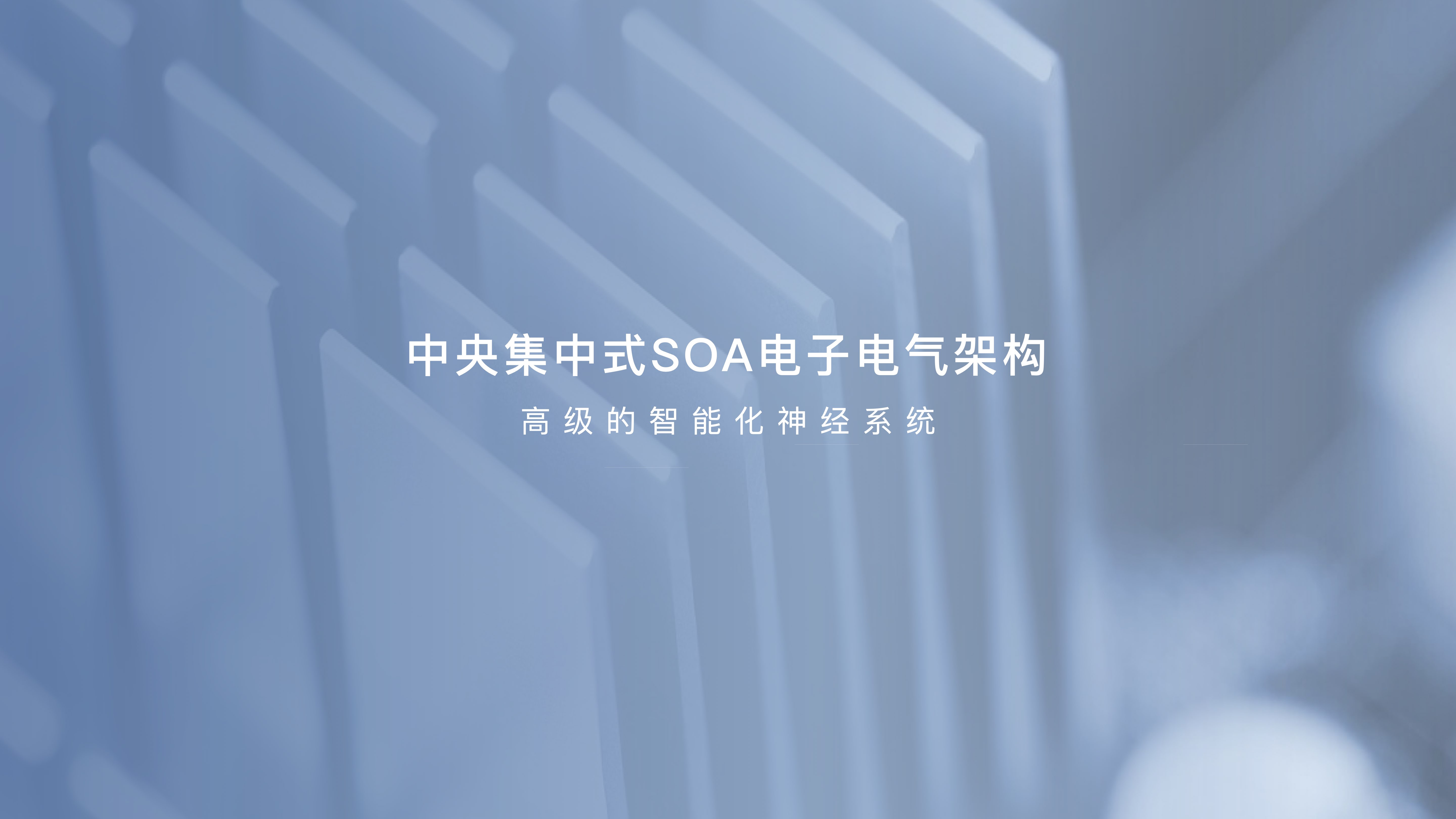
If we want to bring more functions to customers, this data will continue to increase. On this basis, we need to coordinate multiple suppliers to jointly develop and implement vehicle functions. The time and resources required will multiply geometrically.
For Voyah’s SOA electronic and electrical architecture, the difficulty lies in integrating 14 controllers into one OIB. We hope to define functions based on scenes, especially to quickly meet users’ needs for new functions. We need to develop the operating system autonomously and quickly meet users’ needs.
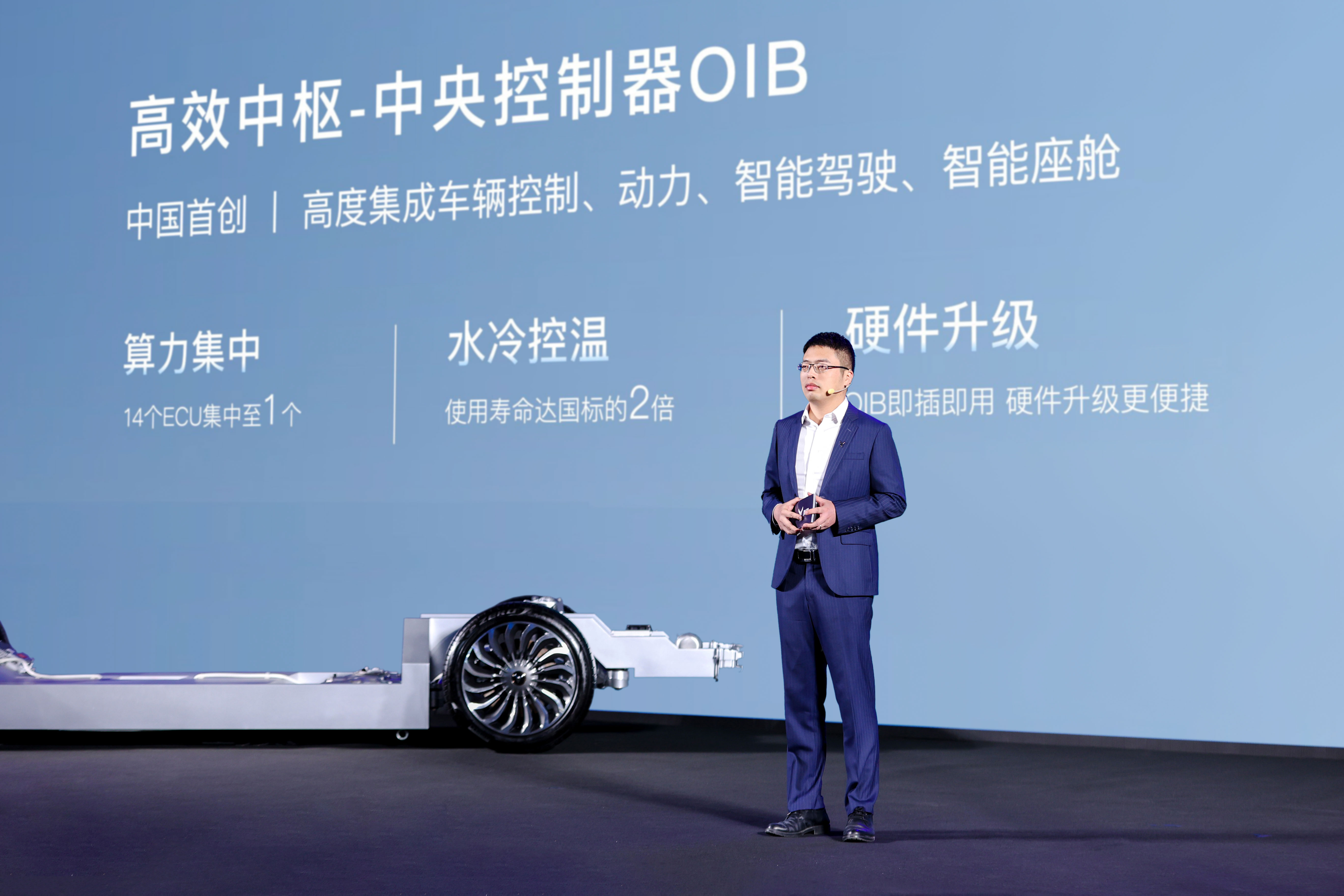
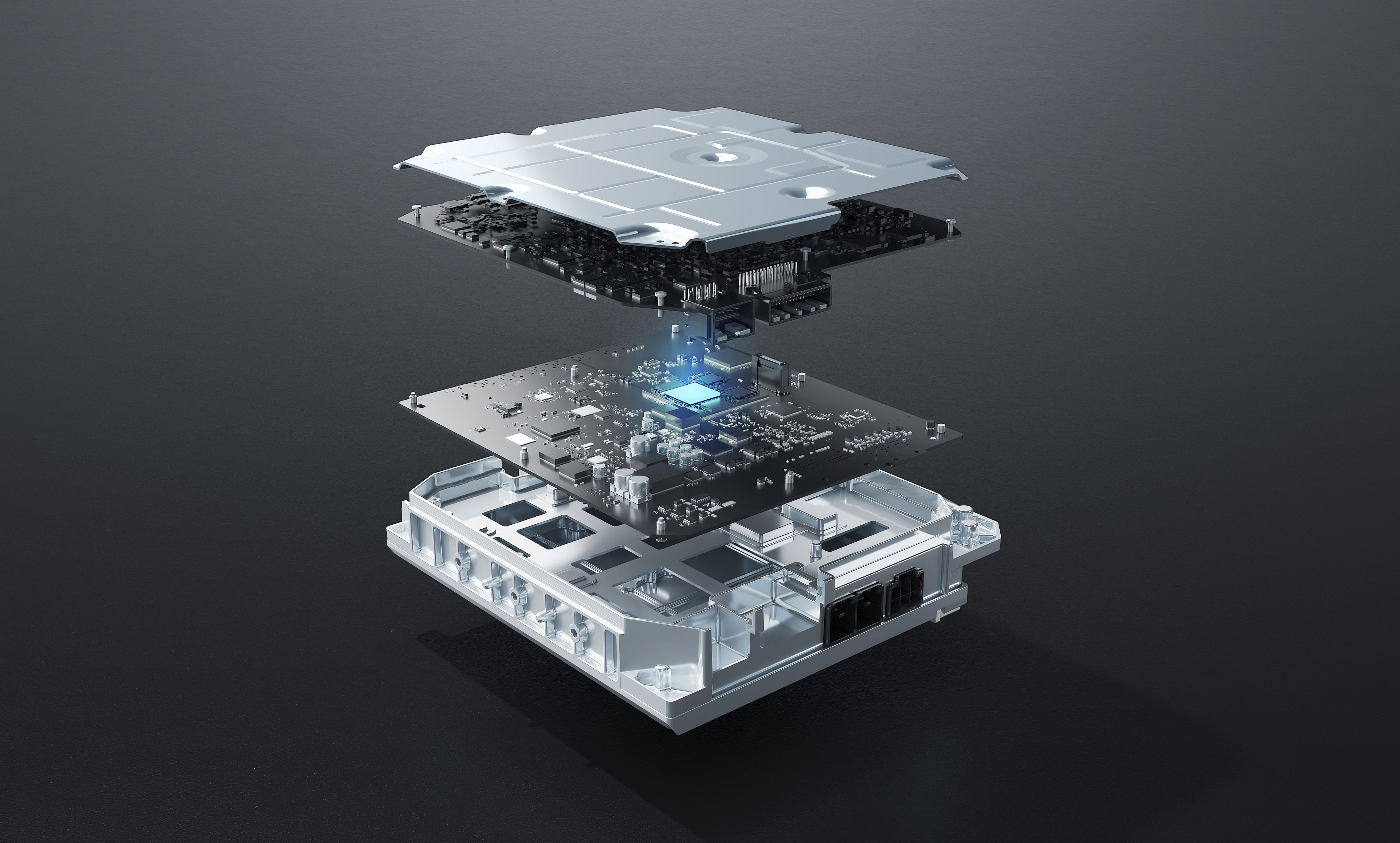 At the press conference, we shared the Voyah SOA electronic and electrical architecture which opens up all system functionality interfaces to external users and developers. This makes it more convenient for users and developers to develop more functions and services.
At the press conference, we shared the Voyah SOA electronic and electrical architecture which opens up all system functionality interfaces to external users and developers. This makes it more convenient for users and developers to develop more functions and services.
For example, if today is your loved one’s birthday, you can enter our software on your phone or tablet and customise the vehicle’s cabin atmosphere such as ambient lighting, fragrances, music, and screen display based on our service, and present a very romantic scene to your loved one inside the car, achieving a very good effect.
In addition, for instance, in the World Cup mode, you can set up a World Cup match scene for your vehicle, and you can also upload your designed scene to the developer platform for other users to download. If the application is popular, it can also be used in a paid mode, allowing more developers and users to participate.
Liuzhanshu:
Let me add a few more details. Voyah Zhui Guang is built based on the SOA architecture. I have personally experienced some of its functions in the past two days. Currently, we have designed many interesting modes, such as the nap mode, fatigue relief mode. I tried the nap mode personally, which allows you to lie down flat with just one click, making you feel very good when resting in the car.
Q2: What is the relationship between Voyah’s ESSA architecture and centralised SOA electronic and electrical architecture? Why is it called an intelligent electric bionic system?
Wang Junjun:
ESSA architecture is the mechanical part of the entire vehicle, such as the chassis system, power system, and body system, which determine the vehicle’s “physique”. The SOA electronic and electrical architecture has the four advantages of efficient centralisation, agile systems, intelligent interconnection, and open sharing, making it an advanced intelligent nervous system with characteristics such as scalability and upgradability. Through the nervous system, all information of the vehicle can be efficiently interacted and transmitted.
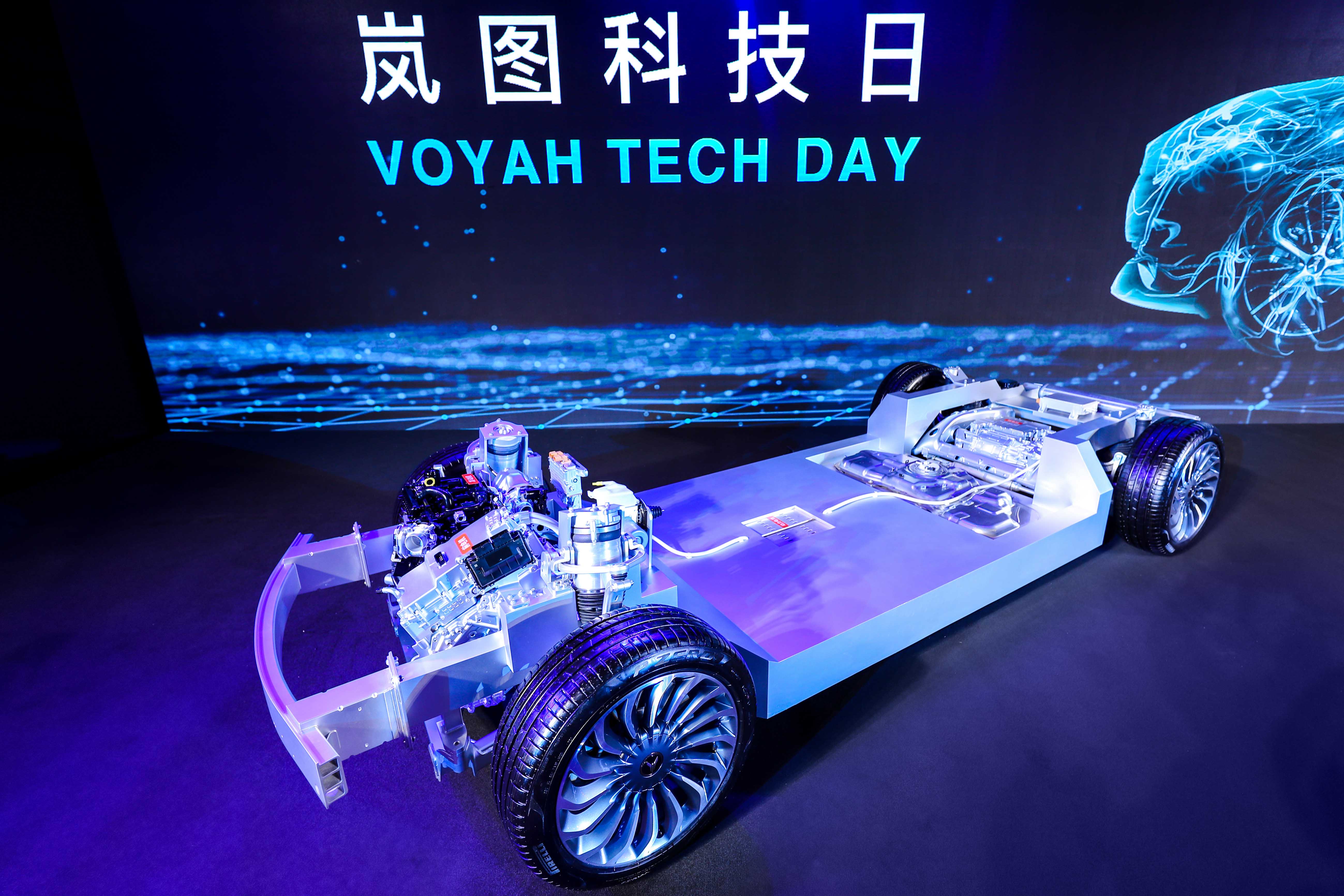 And we have transformed the traditional signal-based system into a service-based system, where all the car’s functions can be called through services. This allows for rapid iterations, upgrading, and evolution of our car’s functionality. Personally, I believe that a car requires a robust physique and intelligent soul, which will also make us stronger.
And we have transformed the traditional signal-based system into a service-based system, where all the car’s functions can be called through services. This allows for rapid iterations, upgrading, and evolution of our car’s functionality. Personally, I believe that a car requires a robust physique and intelligent soul, which will also make us stronger.
Q3: What are the core advantages of the central SOA electrical and electronic architecture? How is the experience different from traditional architecture?
Wang Junjun:
The core advantage of the LanTu SOA electrical and electronic architecture is the central controller OIB, where we integrate the entire vehicle’s power, intelligent driving, vehicle control, and intelligent cabin into one controller, which is the industry’s first.
This brings a great benefit in that our entire vehicle’s wiring harness is greatly shortened. First, it can reduce the cost of signal communication and coordination and provide customers with faster and smoother experiences. Second, it can achieve faster iterations. Previously, we used domain controllers, which made it difficult to distribute software across various systems. Now everything is centralized in the central brain OIB, so the integrated software system can be iterated faster, and customer-facing services can be improved more quickly.
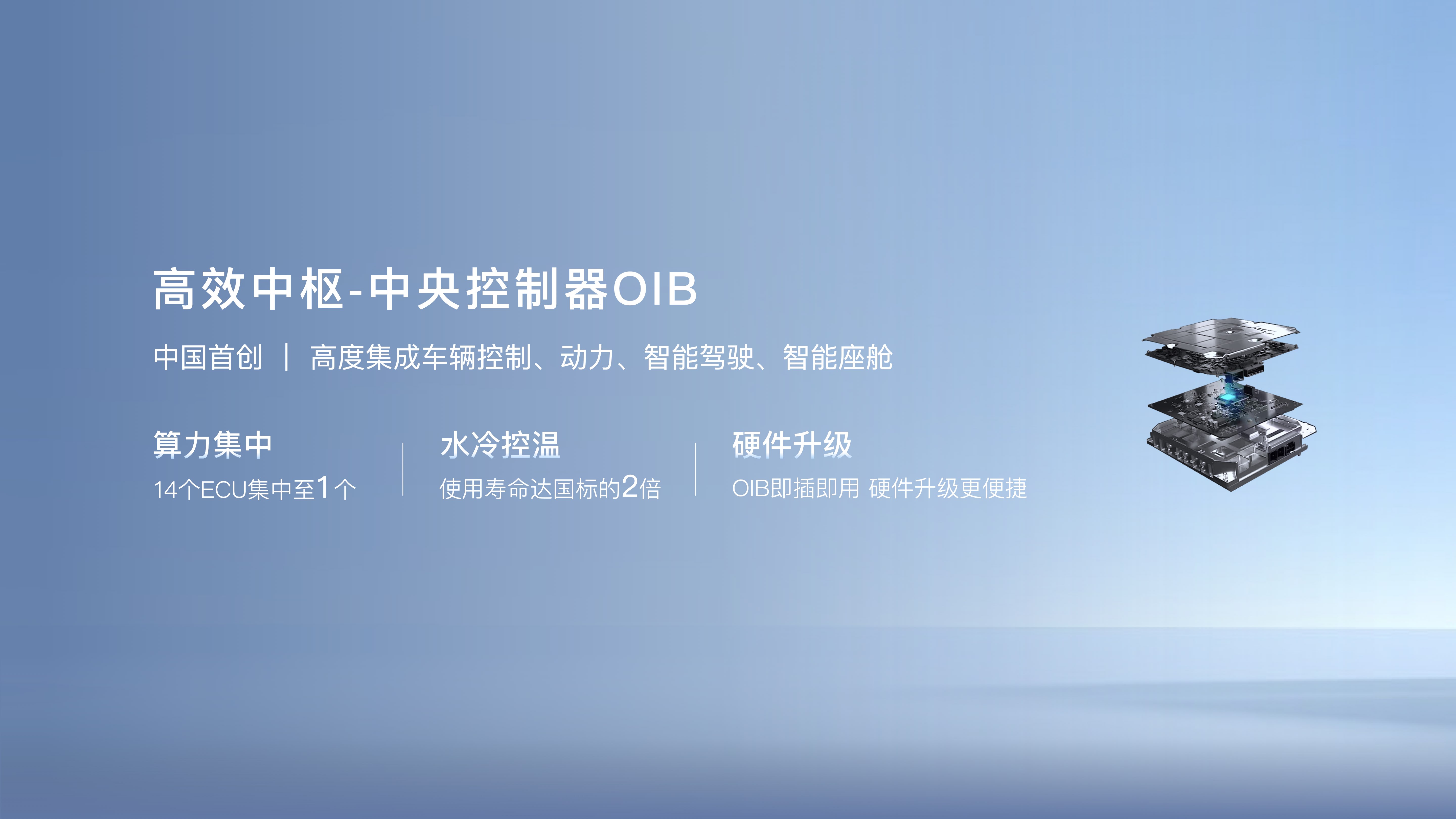
At the same time, after we developed OIB, we also provided an agile system that offers over 300 APIs to developers, which will expand to 600+ in the future. This can meet the different needs of different customers, and users will also join the entire ecosystem as developers to continuously iterate and upgrade the intelligent ecological system and share the benefits.
Finally, our SOA electrical and electronic architecture has a significant feature of high-security and excellent privacy protection and functional safety.
Q4: What kind of usage scenarios can the LanTu electrical and electronic architecture’s VIU bring to users?
Wang Junjun:
We have four VIUs, each integrating the traditional car’s 21 controls. First, it brings lower maintenance costs for users. Second, each VIU has ten drive interfaces, which can drive actuators up to 300W. This means that we can expand more external devices, such as myoelectricity and brain-machine devices, for better expansion and connection. Third, the four VIUs can monitor the vehicle’s status in real-time. For example, many vehicles may experience power loss or consumption issues, but our VIUs can monitor all vehicle issues in real-time, achieving a significant reduction in power consumption and providing customers with a large increase in driving range.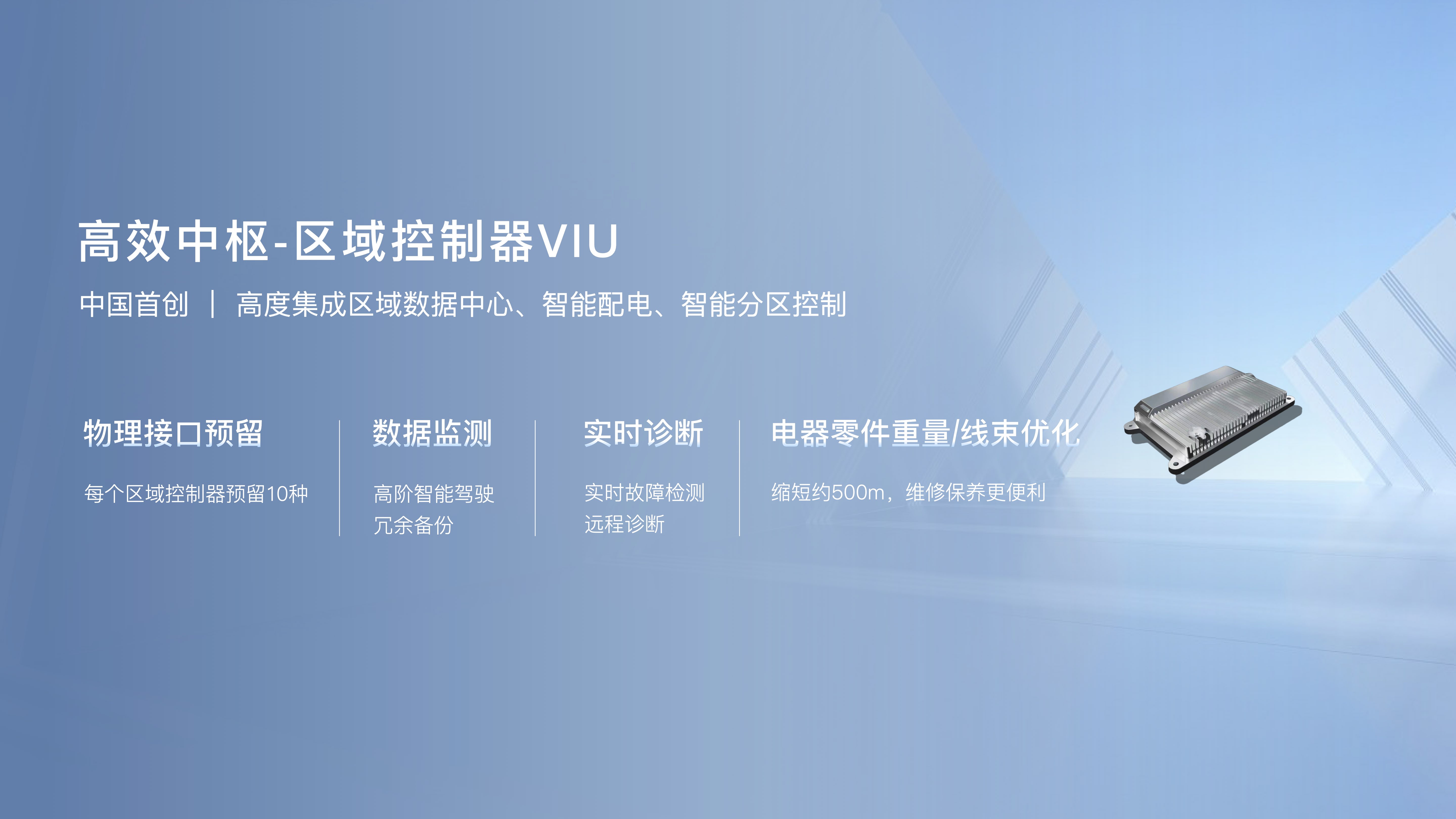
Q5: In terms of intelligent connectivity, how does the Voyah car system guarantee safety? How does it ensure the security of user information? What is Voyah’s development concept in this regard?
Wang Junjun:
Voyah has always put safety first. Safety is not just about the safety structure. Our safety includes information security and privacy security.
For information security, Voyah’s SOA electronic electrical architecture adopts double security components. Firstly, we use a vehicle-mounted active firewall to allow certain applications to implement dedicated isolation. Secondly, we use a trusted execution environment to securely isolate smart cockpits from vehicle control, power, and intelligent driving, allowing smart cockpits to operate in an open environment and provide more applications for users; at the same time, vehicle control, power, and intelligent driving are kept in relatively secure environments, preventing malicious individuals from controlling your vehicle.
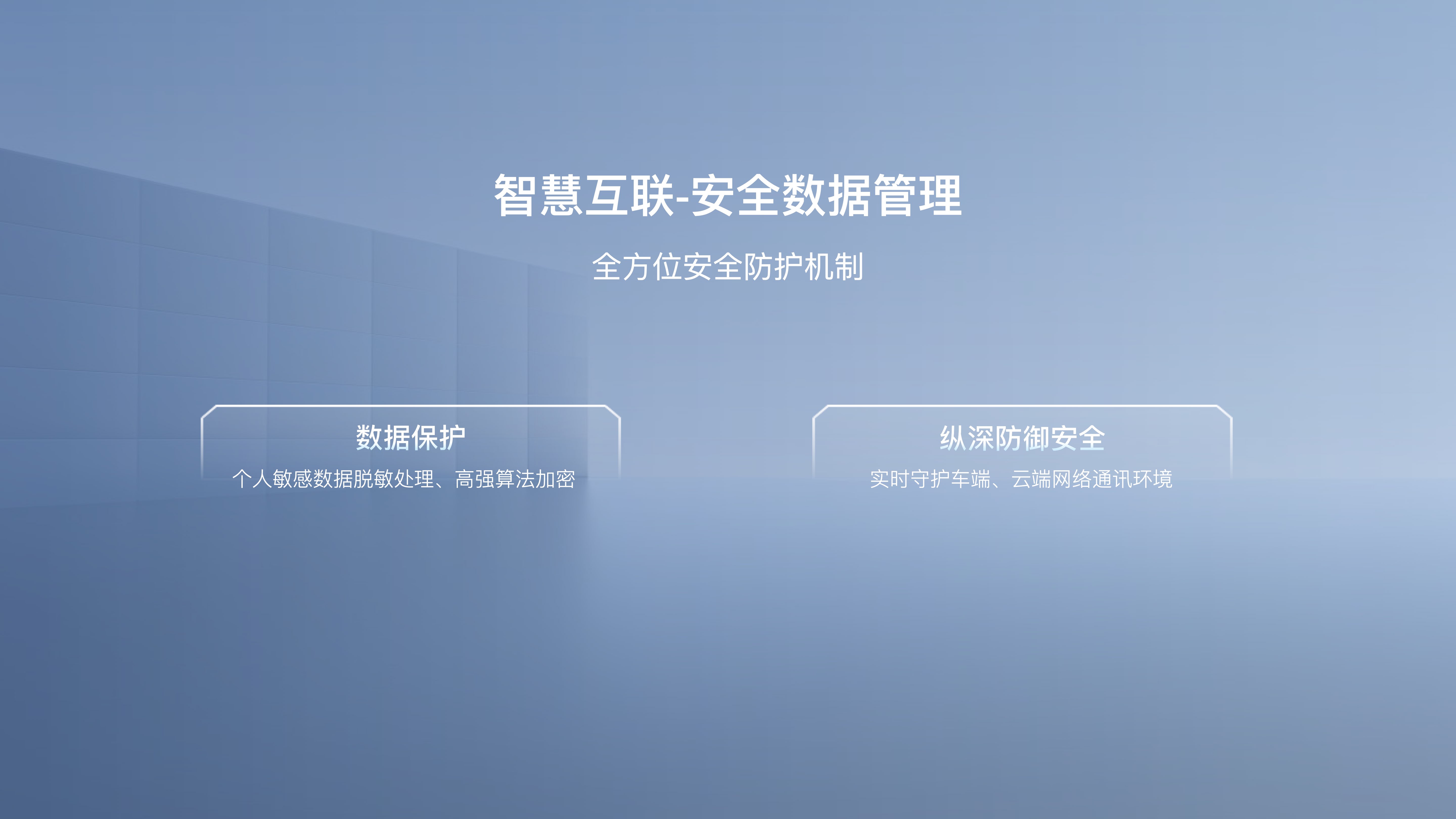
Regarding privacy security, although we use a lot of cameras and sound collection devices, all private user information is desensitized and transmitted using national-level encryption protocols, ensuring that user privacy is protected.
Q6: The Voyah SOA electronic electrical architecture reserves 300 signal interfaces. What benefits does this bring?
Wang Junjun:
Firstly, these reserved interfaces allow third parties to do customized development. In traditional car models, if customized development is needed, the entire signal matrix needs to be changed, but with an SOA electronic electrical architecture, customers only need to call our services to achieve all functions.
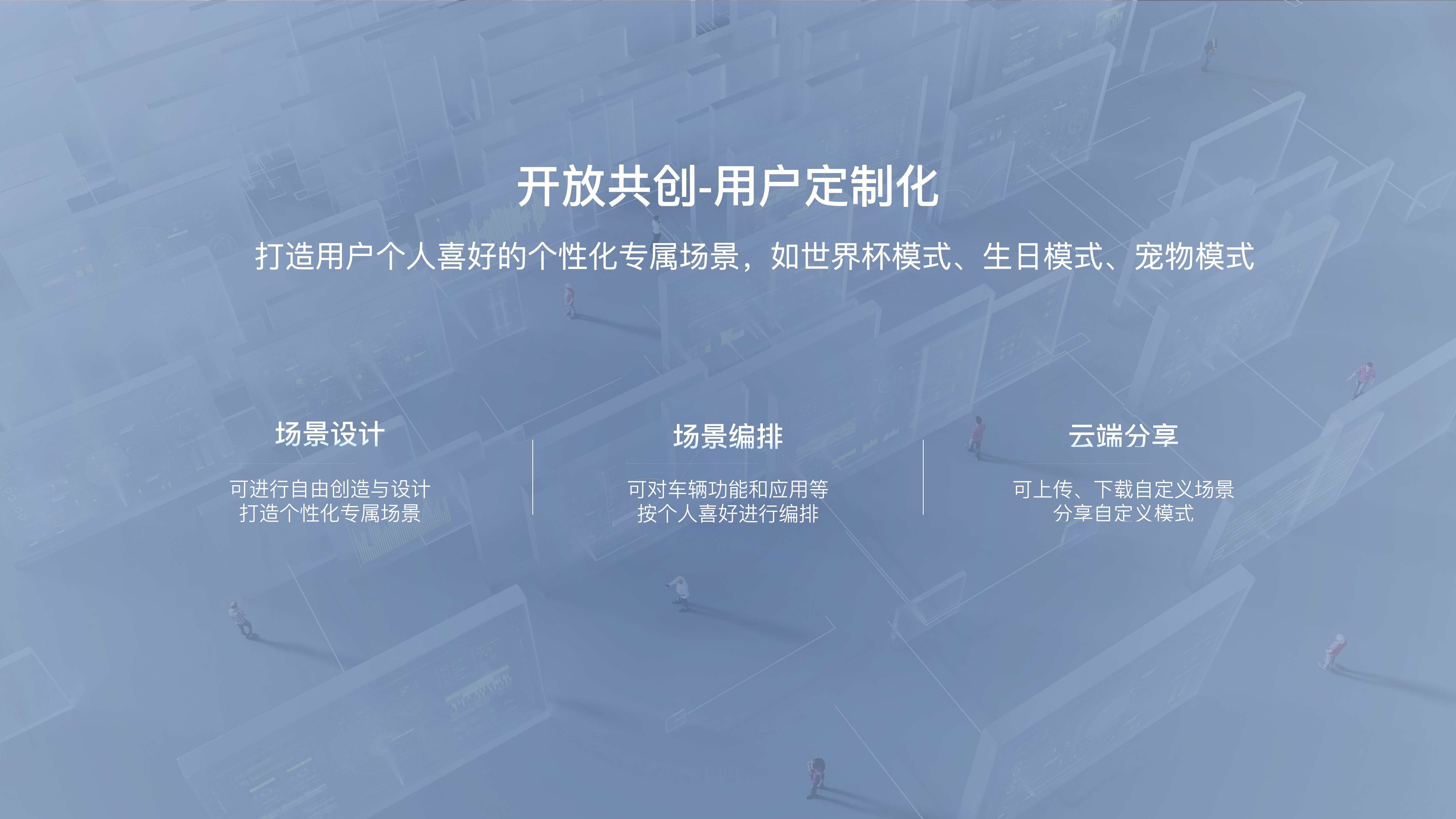 Secondly, the 300+ interface will integrate all services and development platforms, enabling the freely adjustable functions of the entire vehicle, bringing personalized experience to every user. Thirdly, developing software on the platform is very convenient, allowing users to develop adaptable vehicle applications and mini-apps using a “building block” approach, which is something to look forward to.
Secondly, the 300+ interface will integrate all services and development platforms, enabling the freely adjustable functions of the entire vehicle, bringing personalized experience to every user. Thirdly, developing software on the platform is very convenient, allowing users to develop adaptable vehicle applications and mini-apps using a “building block” approach, which is something to look forward to.
Q7: The SOA electronic and electrical architecture of the Voyah vehicle has a developer platform. How will Voyah develop software and expand hardware ecology? Looking forward, how will the SOA electronic and electrical architecture provide users with richer travel scenarios?
Wang Junjun:
Voyah’s SOA electronic and electrical architecture has the advantage of collaborative development. The developer platform is currently at the core, with users, developers, and hardware suppliers as the core of the core.
Voyah’s developer platform provides convenience for software and hardware developers, provides more possibilities for vehicle expansion, and jointly builds Voyah’s ecosystem to achieve a closed loop.
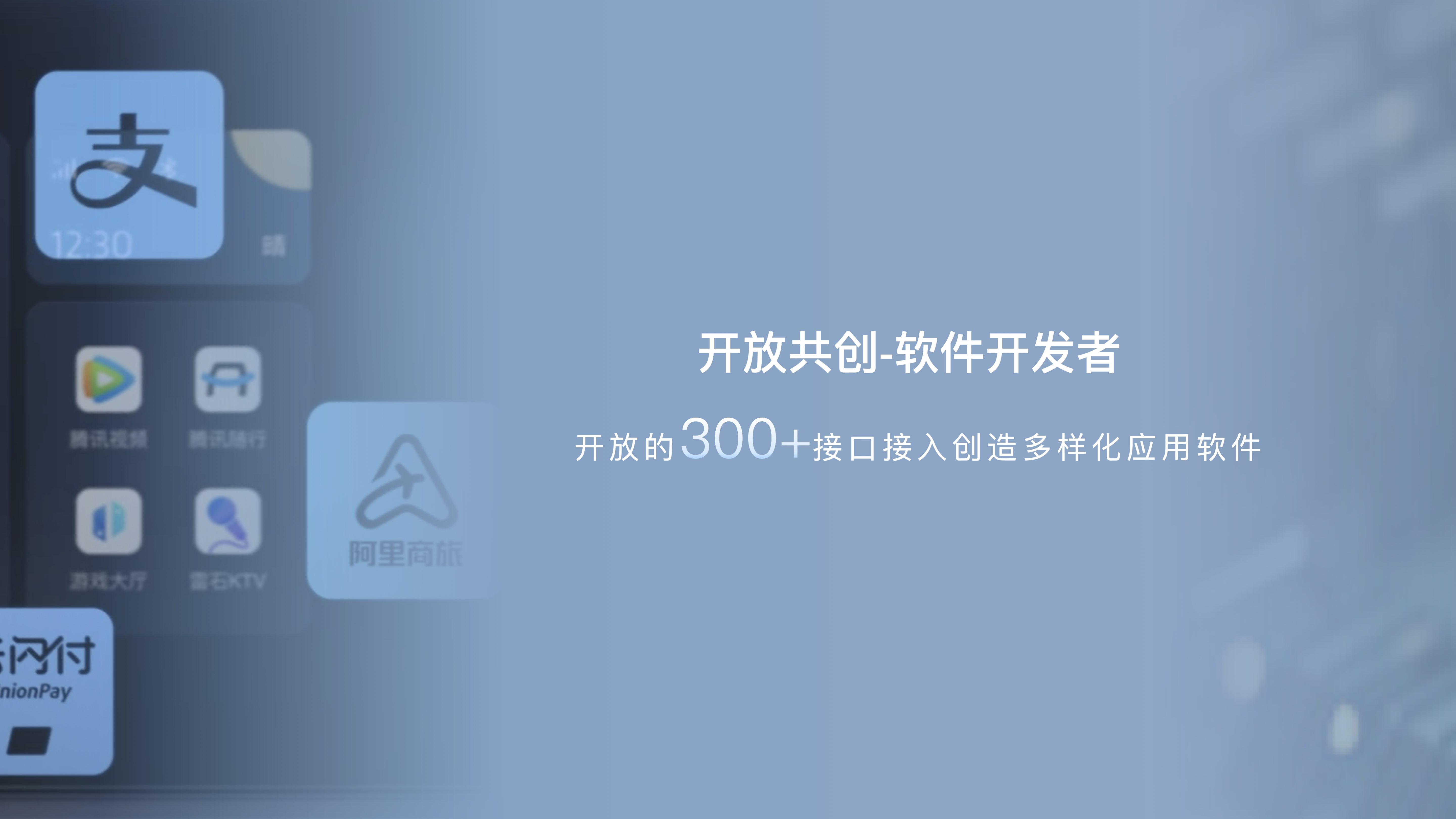
For example, we will provide developers with software simulators, API interfaces, and some application development tutorials on the developer platform. Through these tools, we can maximize the assistance to users in developing mini-applications and provide convenient development conditions. At the same time, in terms of the entire hardware development interface, we will cooperate with relevant third-party hardware suppliers, such as VR glasses, brain-computer interface, myoelectric bands and other suppliers, to provide interfaces to seamlessly connect devices and vehicles, to achieve the maximum ecological function.
Q8: Many intelligent vehicles are equipped with very intelligent hardware, but intelligence is not just hardware. How do you view this issue?
Wang Junjun:
Personally, I think that in many cases, it is not entirely about competing on hardware. The core of intelligent products is the user experience. Many cars from other brands have high hardware configurations but the user experience is quite ordinary.
However, some cars have fewer hardware components but provide a great user experience. Firstly, a car with a great user experience needs to meet the actual needs of the user, and the definition of the user experience needs to be designed. Its deeper meaning is whether the vehicle can satisfy the user. I think we should not simply accumulate hardware but focus on user experience and let the experience guide product design.### Q9: How did Landtu achieve central integration of the controller? Additionally, how did Landtu develop its SOA electronic and electrical architecture?
Wang Junjun:
Firstly, we have indeed achieved central integration of the controller. Although many of our competitors have also introduced SOA electronic and electrical architecture, our architecture truly integrates all controllers into an OIB. This is the central intelligent brain, and the software system also adopts SOA electronic and electrical architecture. The entire vehicle’s software and hardware systems are fully connected, including vehicle control, power, intelligent driving, and cockpit, achieving a complete unity.
The core of our system is to overcome the slow OTA iteration speed caused by traditional separate architecture. When a complete set of software needs to coordinate with 40-50 suppliers, you will understand how slow progress can be and how many bugs need to be constantly solved. Therefore, we made a decision to integrate and develop independently. There were many problems and difficulties during the process, but we overcame them one by one. Only through this way can we truly bring customers a fast iteration and improvement experience.
This architecture is the important turning point for Landtu to transform into an intelligent and technology-oriented user enterprise. We have put a lot of time, energy, and personnel into this development, and the ultimate goal is to satisfy customers.
Q10: Landtu’s SOA electronic and electrical architecture has a rich interface, which can cross platforms and connect more external devices from hardware manufacturers. Could you provide some examples of the usage scenario? Does SOA electronic and electrical architecture represent the commercialization of software exploration from hardware for future automakers?
Wang Junjun:
Firstly, regarding the application scenarios, I will give an example of connecting the myoelectric bracelet with the entire vehicle. The myoelectric bracelet can detect micro-movements of the body, and the entire vehicle will provide corresponding feedback based on these movements, allowing the vehicle to achieve what the owner wants. After learning, this application can achieve the effect of integrating people and vehicles, providing users with an excellent experience.
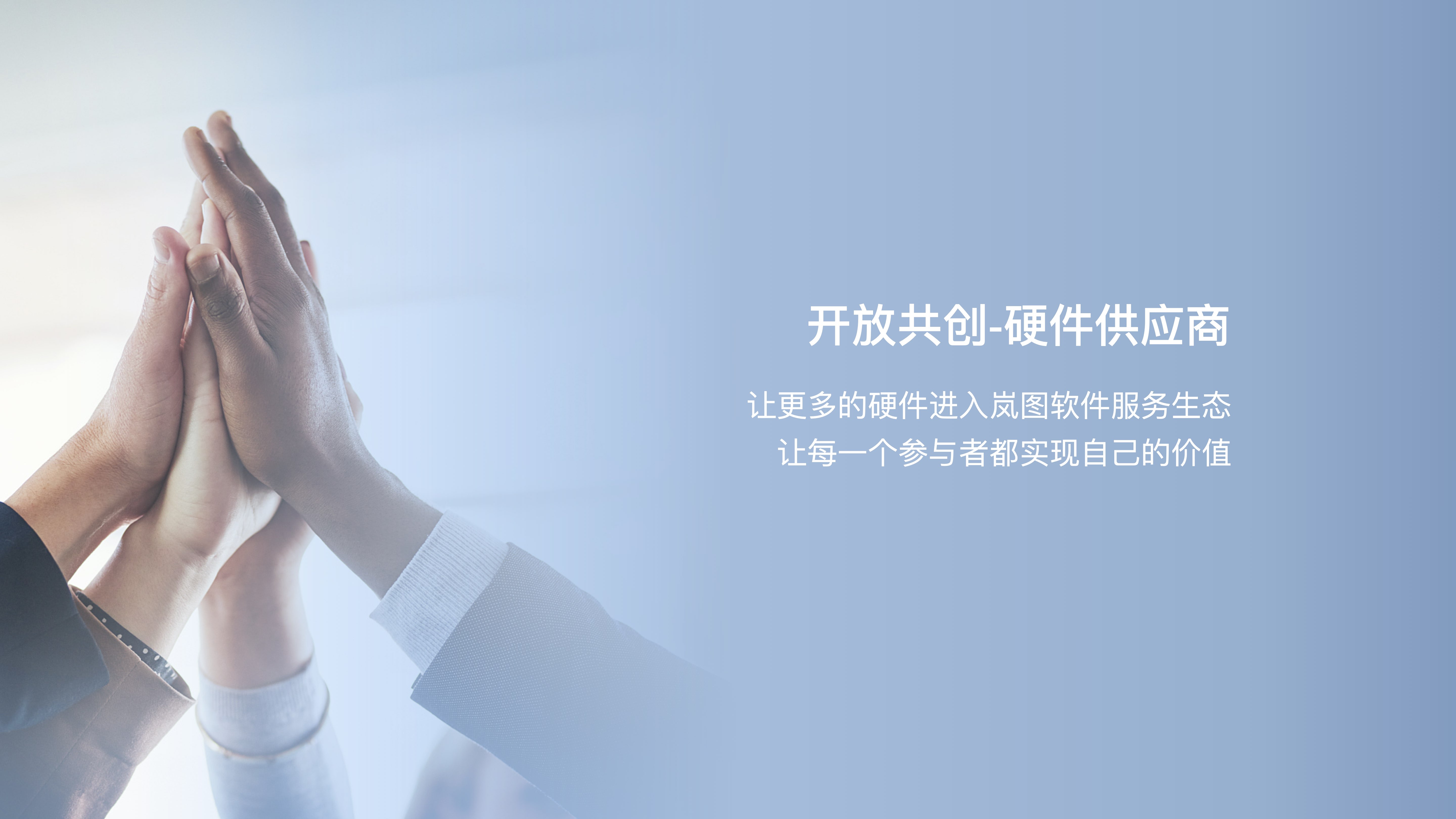 Secondly, regarding the commercialization of the software represented by the SOA electronic and electrical architecture, we are considering several aspects. Firstly, on the software side, we are exploring the ecological system of relevant software. Secondly, through the development platform, we allow users and developers to make the software ecosystem bigger and better based on their own needs, and developers and users can also obtain revenue and profit through this platform, achieving a win-win situation for all parties.
Secondly, regarding the commercialization of the software represented by the SOA electronic and electrical architecture, we are considering several aspects. Firstly, on the software side, we are exploring the ecological system of relevant software. Secondly, through the development platform, we allow users and developers to make the software ecosystem bigger and better based on their own needs, and developers and users can also obtain revenue and profit through this platform, achieving a win-win situation for all parties.
Liu Zhanshu:
Regarding the recognition of micro-actions mentioned earlier, let me give you a specific scenario that may help you to understand. When driving, if you yawn, the vehicle will detect that you may be tired and release different aromatherapies, adjust the temperature of the air conditioning, set sound reminders, and give phase reminders to rest. This is a typical application scenario in the vehicle.
Q11: How many software engineers does Voyah have to support the SOA architecture and this software development? This workload is huge and requires a lot of time to improve.
Wang Junjun:
It took us 2-3 years to develop the central SOA electronic and electrical architecture, but after the SOA electronic and electrical architecture is officially launched, the coordination workload of the vehicle’s electronic and electrical aspects will be greatly reduced. Subsequent development work will focus on internal research and development, and software development to speed up software development and iteration.
Conclusion
Undeniably, Voyah’s SOA electronic and electrical architecture has achieved industry leadership in many ways. Compared with traditional vehicles, the number of controllers under the SOA architecture has been greatly reduced from hundreds to only 14. By combining these 14 controllers in one OIB, Voyah can not only quickly launch software and hardware iterations but also achieve more interesting functions through the linkage of software and hardware.
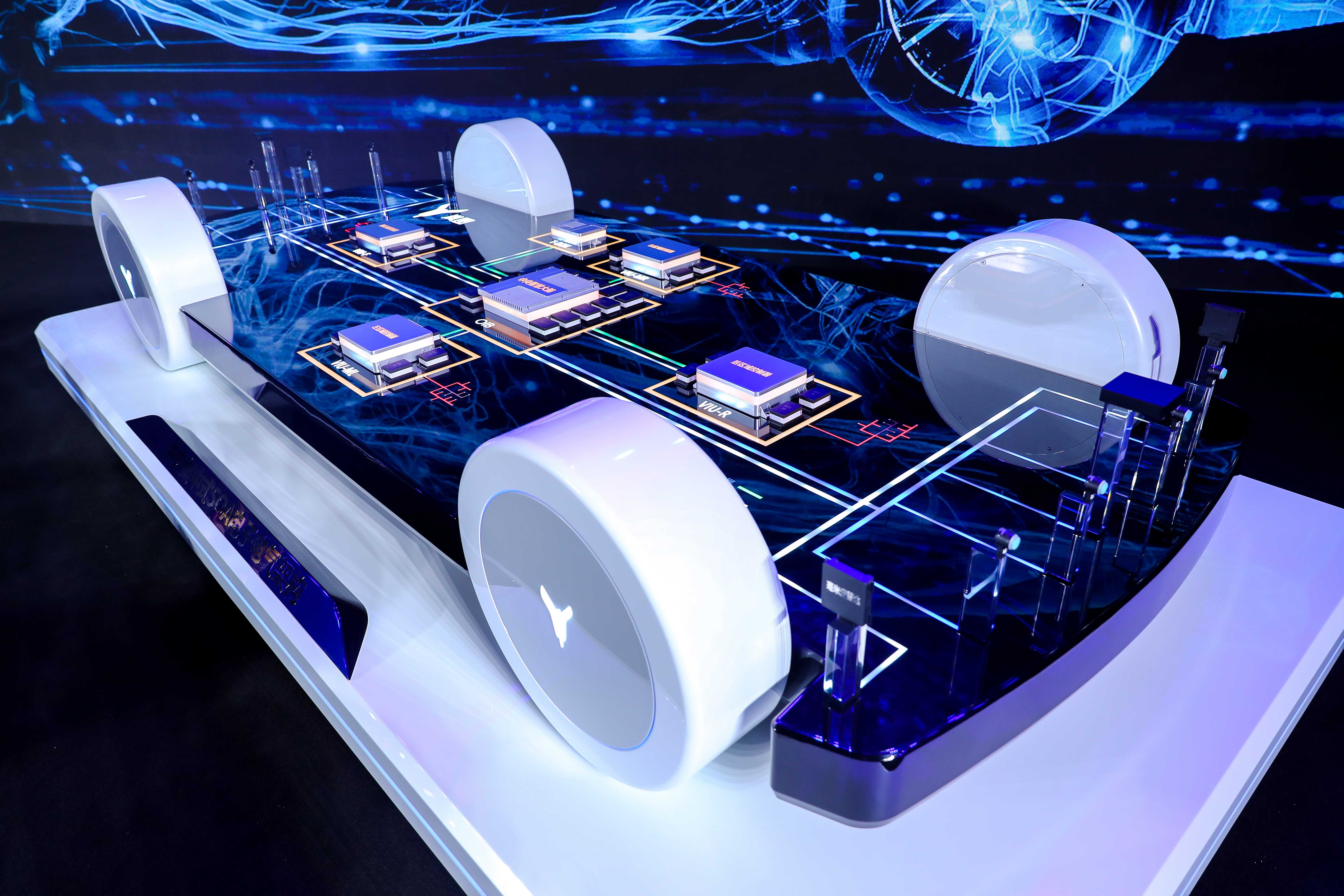
On November 17th, Voyah Motors announced the signing and closing of its Series A financing agreement, raising nearly RMB 5 billion, with a post-financing valuation of nearly RMB 30 billion. This is the largest first-round financing in China’s new energy vehicle industry to date.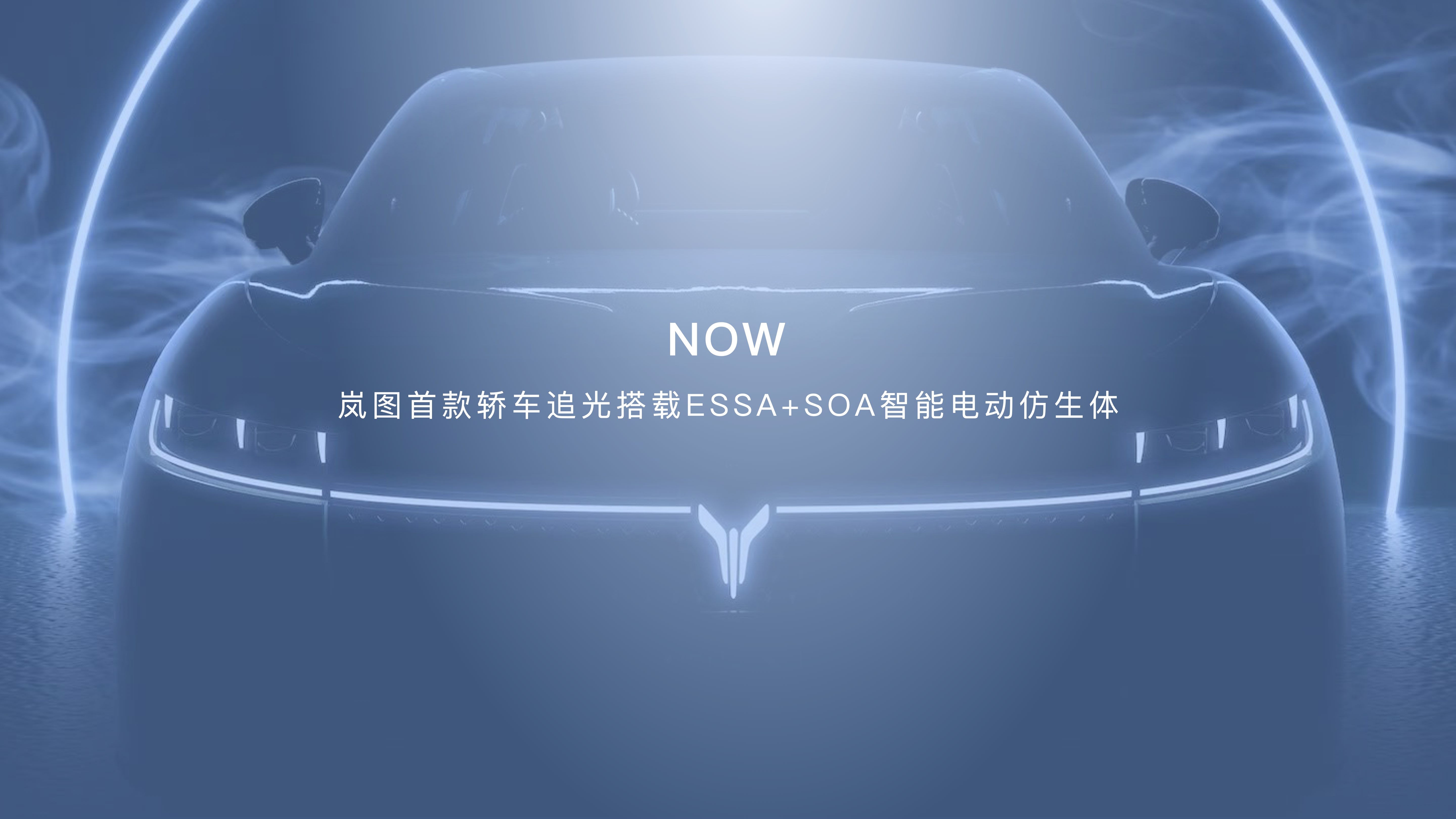
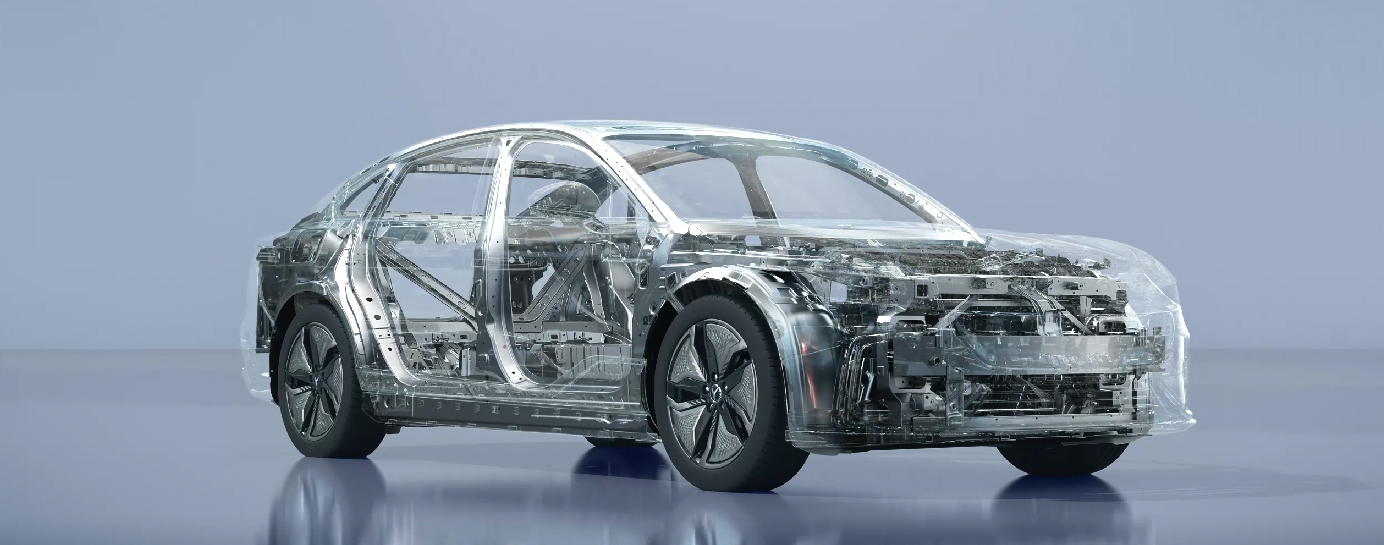
Based on previous plans, Voyah will strategically lay out one new car each year in the future, focusing on subdivision markets in SUVs, MPVs, and sedans to meet differentiated user needs. This year’s plan is to release the sedan “Chasing Light” in December.
With financial support, Voyah’s product development and marketing have gained more confidence.
This article is a translation by ChatGPT of a Chinese report from 42HOW. If you have any questions about it, please email bd@42how.com.
